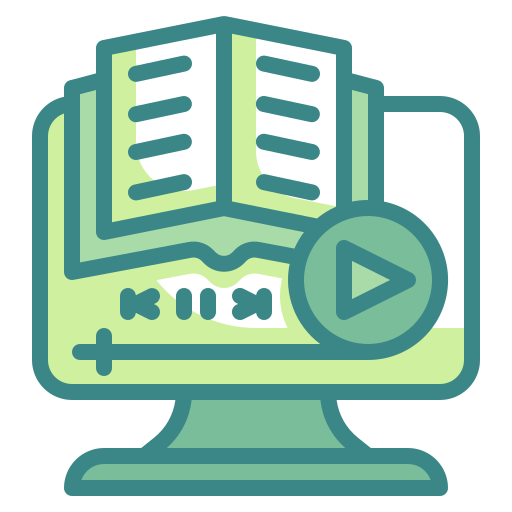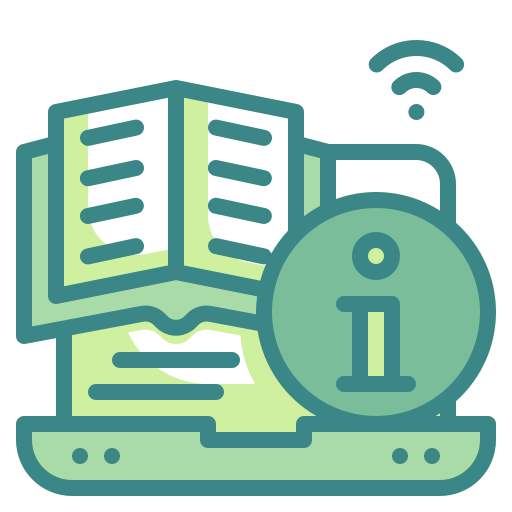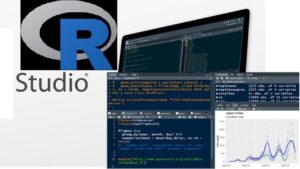A Beginner’s Guide To Using Descriptive Statistics, Creating Charts and Pivot Tables, and Visualization for Business
Visualizing Data
The data visualization process aims to make sense of the raw data, presenting it in a manner that is easy to understand even for non-experts.
Not everyone you are presenting data to will understand statistics, but most people can look at a visual and tell what the story is!
For example:
Pie charts and bar charts are the most commonly used data visualization techniques; they can be created easily using standard spreadsheet programs like Microsoft Excel.
Numerical data can be represented in histograms, while categorical data can be visualized using frequency tables and charts.
Cumulative frequencies count the number of data points up to a given value and are used to find the median, quartile, and percentiles in a data group.
Relative frequency represents how often something happens relative to some total. For example, the relative frequency may be used to show that a given sales team won 10 of its last 13 contracts, while the cumulative frequency will show the median number of contracts won across the entire year.
Visualizing data is an important skill, and that ability is essential whether running a business or teaching a class.
You can get a sense of the importance of the data by looking at numbers on a spreadsheet, but a well-chosen visual representation of that data can be much more helpful.
Descriptive Statistics and Numerical Data Summary
Charts and graphs are useful for representing data in a user-friendly format, but there are times when it is more important to summarize data numerically.
A quality numerical data summary has meaning even to individuals who have no previous experience with the data being presented. You do not have to be a scientist or a doctor to understand that the average cholesterol for a given male population is 220, while the cholesterol level for women in the same population is 190.
For example:
To understand the power of numerical data summary, it is important to understand the difference between the median and the mean:
the mean is the average of all observations, while the median is the point at which half the numbers are larger, and half are smaller.
The mode is another important numerical data representation: it is the observation that occurs most frequently.
The mean, median, and mode are important, but so is the variance.
The term variance is used to measure how widely, or narrowly, spread out a group of numbers is. For instance, a set of numbers in which all values are 7 has zero variance. These terms summarize a set of numbers and help the observer make sense of the results.
Whether the data being represented is a list of baseball statistics, salary data for a Fortune 500 company, or the cholesterol levels of heart patients, the summarization techniques are the same.

Estadísticas descriptivas y visualización de datos
A Beginner’s Guide To Using Descriptive Statistics, Creating Charts and Pivot Tables, and Visualization for Business”
Este curso es GRATIS
¿Quieres más cursos gratis?
Únete a nuestro canal en Telegram con cientos de cursos gratis publicados diariamente
Curso gratis en Udemy
Con los cursos gratis de Udemy puedes aprender muchas cosas sin tener que gastar en ello. Pero primero debes tener en cuenta varias cosas:

Contenido Gratuito
Los cursos gratis de Udemy te permiten aprender nuevas cosas sin tener que pagar. Aprovecha la oportunidad.

Aprendizaje
Pon en práctica todos tus conocimientos aprendidos. Realiza increíbles proyectos basados en el mundo real.

Limites
Debes tener en cuenta que todos los cursos gratuitos de Udemy son de máximo 2 horas y no incluyen un certificado.
Este curso se encuentra disponible de manera gratuita sin necesidad de ningún cupón, a través de la opción “GRATIS”.
Te recomendamos primero leer las diferencias entre un curso gratis y uno de pago para evitar malentendidos:
Cursos gratuitos
- Contenido de vídeo en línea
Cursos de pago
- Contenido de vídeo en línea
- Certificado de finalización
- Preguntas y respuestas de los instructores
- Mensaje directo para el instructor
Aunque los cursos son colocados de manera gratuita, es posible que el autor del curso pueda cambiarlos a modalidad de pago, por lo cual te recomendamos revisar muy bien las características del curso.
Para obtener el curso de manera gratuita usa el siguiente botón:
Deja tus comentarios y sugerencias
Sobre Facialix
Facialix es un sitio web que tiene como objetivo apoyar en el aprendizaje y educación de jóvenes y grandes. Buscando y categorizando recursos educativos gratuitos de internet, de esta manera Facialix ayuda en el constante aprendizaje de todos.



